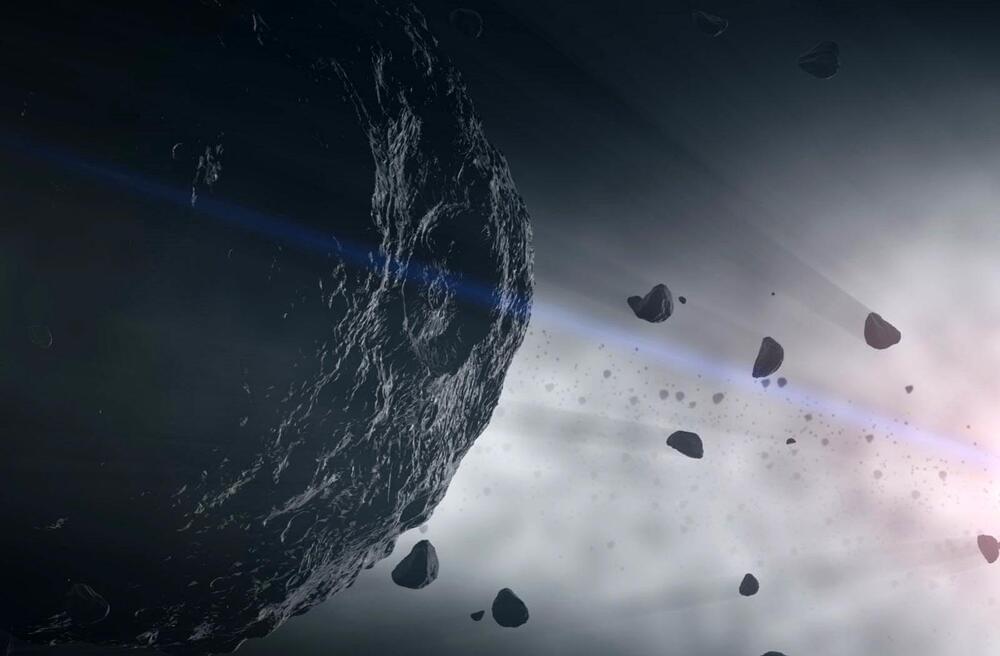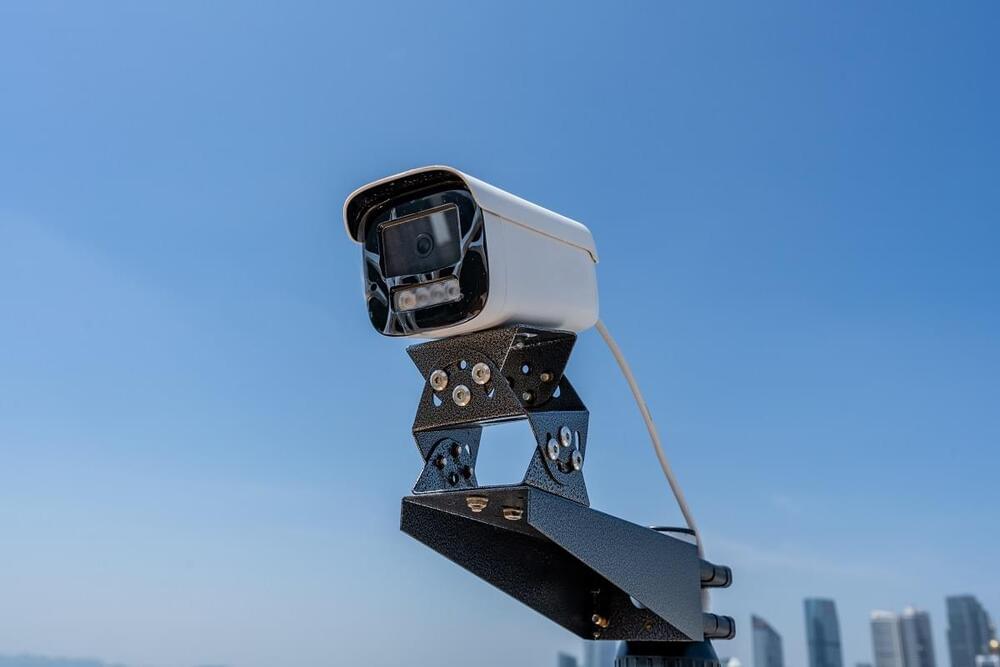A new material developed by Tohoku University records and stores stress history in structures through a luminescent effect, offering an innovative solution to monitor aging infrastructure without needing power or complex equipment.
Identifying deteriorating infrastructure can be as challenging as fixing it. However, researchers at Tohoku University have made this process easier with the development of an innovative new material.
The material responds to mechanical stimuli by recording stress history through a luminescent effect called an afterglow. This information is stored for a long time, and by applying the material to the surfaces of structures, researchers can observe changes in the afterglow to determine the amount of stress the material has experienced.






